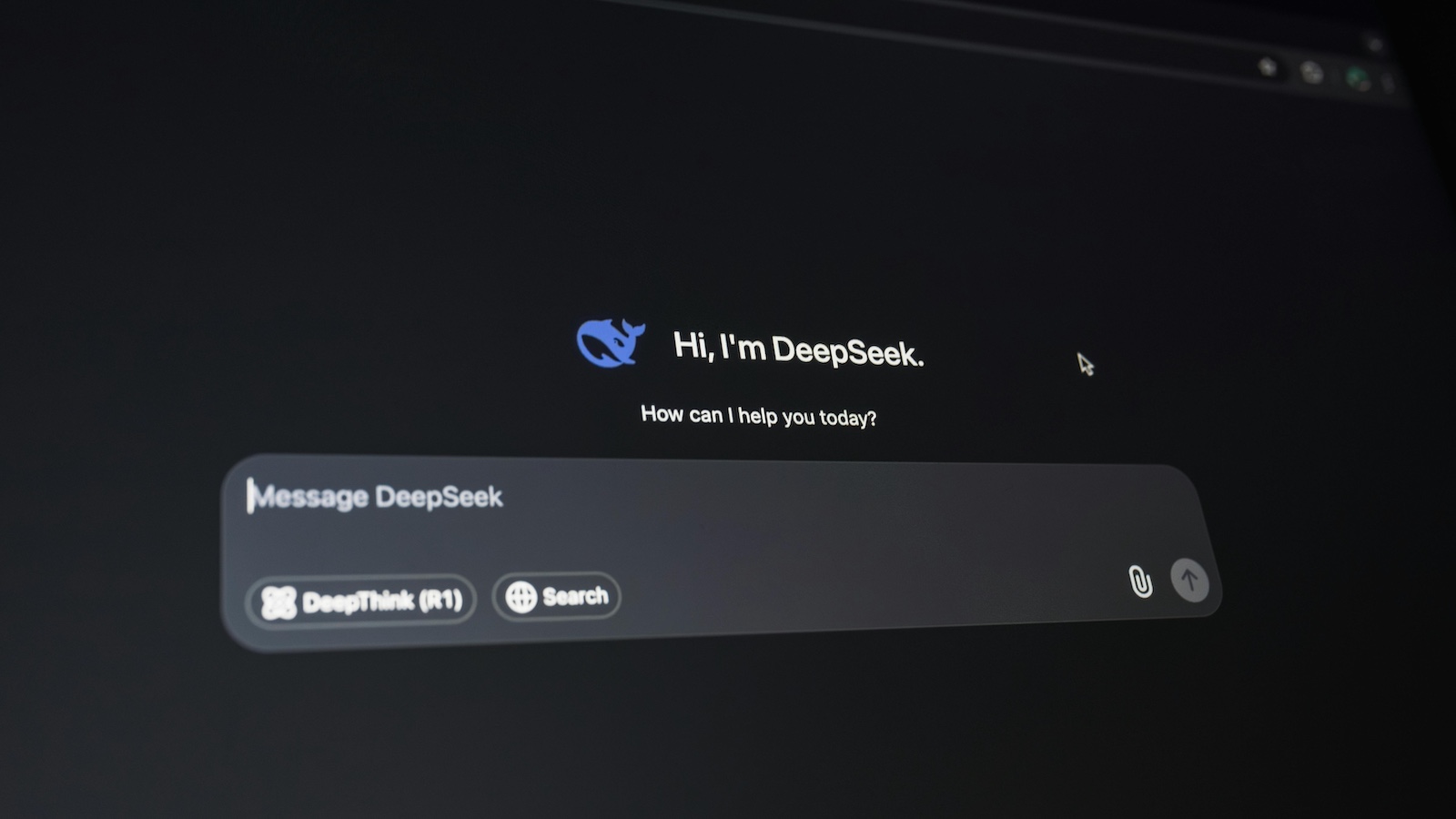OpenAI released ChatGPT in late 2022, and it became the fastest app to reach 100 million users in history. Consumer novelty, not enterprise business utility, fueled the growth. In the enterprise, outside of content creation and coding, AI is still very much a solution in search of problems.
The tech ethos of "move fast and break things" is challenging the enterprise ethos of "move slowly and protect things," such as market share, customers and cash flow, all things tech startups lack.
As unprecedented sums of tech capital flow into AI infrastructure and startups, enterprise executives are asking the question they always ask: "What's all this going to cost?"
See also: AI: Beyond Cost-Cutting, to Top-Line Growth
Anthropic invested $100 million in training the latest version of Claude, their flagship foundational AI model. CEO Dario Amodei recently predicted training costs will climb to $1 billion next year and $10 billion by 2027. Sharing this with an enterprise executive, she said, "Geez, if a great customer service agent is going to cost us $300,000 a year, I'd rather pay a human."
The trend in enterprise AI is toward smaller predictive and agentic models trained on proprietary data. The challenge is enterprise data is without fail scattered across a phalanx of applications and storage tiers. The big cost isn't model development but data transformation, typically a two-comma proposition.
Beyond cost, enterprise executives are asking, "What's the real business utility of this stuff?"
In health insurance and healthcare broadly, new regulators in Washington and disgruntled providers and policyholders are poised to break the status quo in pursuit of better health outcomes per dollar spent, simplicity over complexity, and transparency over opacity.
See also: Who's Getting Results From AI, and Why?
A Gallup survey released recently finds that only 44% of Americans rate U.S. healthcare good or excellent, down from 62% in 2010. A mere 28% rate the country's insurance coverage highly, an 11-point decline over the same period, despite spending $2 trillion more on premiums.
AI will meaningfully improve health insurance and healthcare delivery. Payers and providers are engaging point solutions and proofs of concept in operational efficiency, value-based care models, member engagement, price transparency, and regulatory compliance.
Typically, enterprise AI developers, based in the data science or IT function, get their hands on a data set and ask, "What tool can we develop?" The better approach is to identify the business problem, find the data and develop the tool.
Developing the algorithm tends to be the easy part. The hard part is changing the workflow, often across fiefdoms, to accommodate the new AI. Starting with the business problem generates big ideas, and big ideas transcend siloed self-interests.
Here's an example of a big idea: Blue Shield of California's Pharmacy Care Reimagined replacing their incumbent pharmacy benefits manager (PBM) with a consortium of AI-enabled partners, leveraging AI to orchestrate the new operation. It's a bold initiative that will take two years to implement. As always with new partners and technologies, a lot can go wrong. The executive sponsor of the program is CEO Paul Markovich.
The payoff? An estimated $500 million in annual savings on pharmacy costs with better price transparency for Blue Shield of California's nearly 5 million members. Now those are gains making all the pain worth signing up for. Everyone wins except the status quo.








